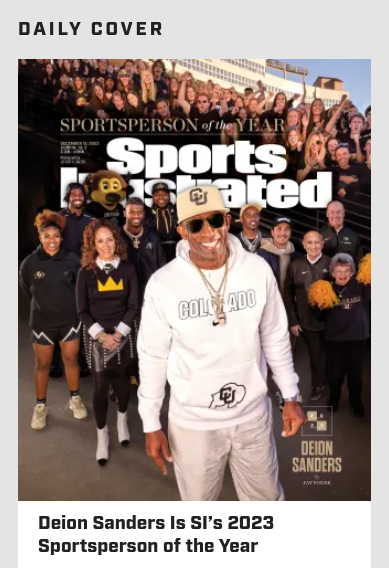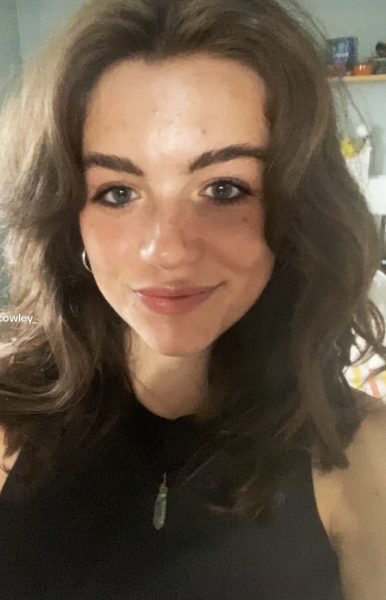
“Sports Illustrated”, your parents’ favorite sports magazine, has been a staple in American households since its start in 1954. Trends changed, records broke, and athletes experienced a fair share of scandals and triumphs, yet the publication’s hard-hitting journalism never ceased to hook readers’ attention, never ceased to be the good-old, well-loved pages found on family coffee tables across the country.
That is until recently, with artificial intelligence (AI) taking over the typewriter–allegedly.
Something has seemed different about “Sports Illustrated” for some time now. The publication lacked the brutally honest lines of Rick Telander and the quippy columns of Leigh Montville. Feeling this, “Futurism,” a news outlet centered around the future of science and technology, investigated these off-putting subtleties a bit deeper. The source found that AI might have something to do with “Sports Illustrated”’s pieces, which isn’t exactly shocking in the light of technology’s increased usage over traditional writing.
The oddity that spurred “Futurism” to action was “Sports Illustrated”’s plethora of minute mistakes and creepily subhuman “journalist” profiles. (They really crossed the line between generic and fake when “writer” John enjoys yard games with his wife, kids, and dogs in his free time.)
Though “Sports Illustrated” has denied allegations of computer-generated “journalism” (right before they blamed mistakes on their contractor and deleted fake profiles after being criticized), sports-news consumers are not naive of the current industry practices. Countless major corporations have been turning away from humanity for years, looking towards a tech-centered future where journalists are redundant and news is delivered at the fastest possible rate. Even the country’s most classic publications aren’t immune to this disease, and there’s very little possibility of a cure. Cutting corners doesn’t make for better journalism; it simply acts as a catalyst for the dying art of writing.
The implications of AI are clear to everyone: it’s the future, but it’s also the easy way out. It will help solve the world’s problems, but it will simultaneously make future generations unintelligent and lazy. AI’s implications will be debated back and forth until tech-geeks and doomsayers are blue in the face; the more timely problem is the mind-numbing soullessness it is adding to writing and, in turn, to culture.
The authentic journalism that formerly kept the world connected is dying. Companies are firing journalists because, in the current climate, there are cheaper options found on the internet for the newswriters that once risked their lives to keep their countries informed. This complete switch in the cruciality of the press is not a product of laziness, and it is not something that journalists can control– it’s another product of AI and social media’s instant-gratification chokehold on the current generation.
However, the quickest route is not always the best or most genuine, and that will always remain true with journalism. “Sports Illustrated” is fighting for its life trying to find the balance between candor and productivity, and right now, it’s looking like a definite loss.



